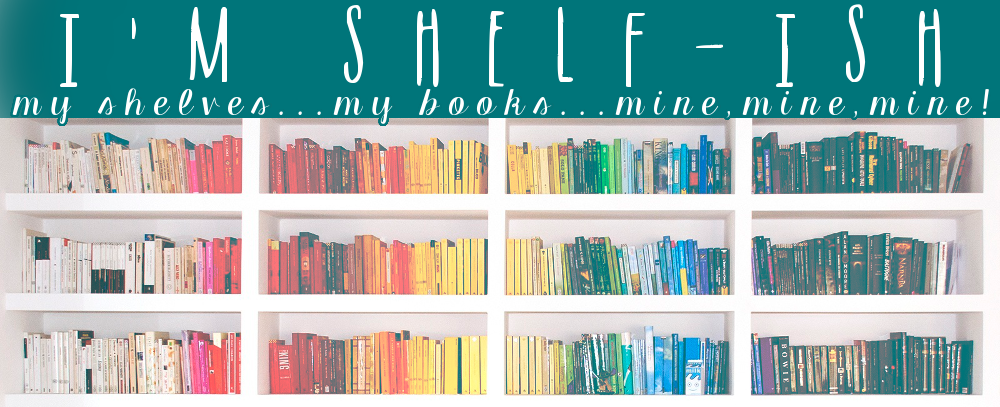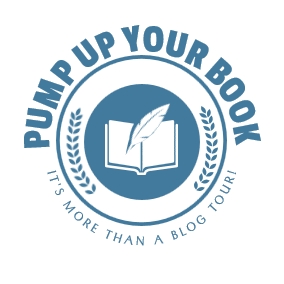A book written with honesty and empathy about things common to us all…
THE COLOR OF TOGETHER:
MIXED METAPHORS OF CONNECTEDNESS
By Milton Brasher-Cunningham
Title: The Color of Together: Mixed Metaphors of Connectedness
Author: Milton Brasher Cunningham
Publisher: Light Messages Publishing
Pages: 160
Genre: Christian Nonfiction
The Color of Together begins with the primary colors of life–grief, grace, and gratitude–and enlarges the palette to talk about the work of art that is our life together in these days. The idea for the book began with understanding that grief is not something we get over or work through, but something we learn to move around in–something that colors our lives. Grace is the other given. Gratitude is the response to both that offers the possibility of both healing and hope.
“Locating ourselves in the adventure of life requires reliable tools for exploration. Milton Brasher-Cunningham gives us finely-tuned metaphorical gyroscopes to navigate our way with God, others and even ourselves. The Color of Together will help us find our place again and again along the way.” ~ Rev. Dr. George A. Mason, President, Faith Commons, Dallas, Texas.
“In his beautiful new book, Milton Brasher-Cunningham shares arresting thoughts on grief, grace, and gratitude. He claims that we are all shaped by our sorrows and generously tells his own stories of loss. All the while, he leads us toward hope. The Color of Together is both poetic and instructive, relatable and deeply philosophical. It awakened my heart to read this book; I hope it will do the same for you.” –Jennifer Grant, author of A Little Blue Bottle
Chapter 1
Sometime after we moved to
Boston, Ginger, my wife, signed me up for a watercolor class at the Boston
Center for Adult Education. Our first task was to make a color wheel. We set the
three primary colors—red, blue, and yellow—equidistant from each other around a
circle we had drawn on the paper, and then began mixing them to show the shades
it took to move from one to the other. The purples, greens, and oranges that
filled in the circle illustrated the relationships between the primaries, which
stood in such contrast to one another on their own. Wherever we started on the
wheel, there was a connection, a way to get to the other colors.
Color is more than pigment. It is figment as well. For us to see color requires an act of imagination and an understanding of relationship.
One Christmas after the watercolors, Ginger enrolled me in an iconography class at Andover Newton Theological School. I spent over a year learning the spiritual practice from a wonderful man named Christopher Gosey. Before we ever picked up a brush, we learned the vocabulary connected to what we were doing. We were not going to paint the icons, Chris said, we were going to write them.
As one who has learned to play with words more easily than with paint, the verb choice caught me. Good writing is descriptive and evocative. The challenge is to show, not tell; to reveal. Good writing tells a story, takes us on a journey, connects us to something larger.
The “cartoons”—the outlines of the figures we would write—had been passed down for centuries, much like basic plot structures in literature, or the elements of grammar and style.
The point of our work was to be
faithful to those who had gone before and to what they had handed down, rather
than to try and be original. Our offering was to trace the lines others had made
and then color them with pigments we had mixed not so we could worship the
icon, but so we could open a “window to heaven” to create a “thin place” for
connection to God.
The phrase thin place entered our vocabulary through the earthy spirituality of Celtic Christianity. It describes the places where the border between what is seen and what is unseen becomes permeable. Liminal. Thin. Translucent. Transcendent.
It is a sacred space of
disquietude; a turbulent silence where things are still and vibrant in the same
moment.
As I sat in the sun-drenched
room of the aging building, listening to recordings of Russian church bells,
and learning how to write my brush across the blank parchment-covered block
etched with the image of Mary, I came to understand more of what Jesus meant
when he said, “Lose your life to find it.”
Our paint was almost
translucent, by design. We mixed our colors by adding natural pigments to
acrylic medium. In ancient days, the pigments were blended with egg yolks. The practice
of iconography is more about prayer than painting; the necessary repetition was
meditative and focusing. As we laid down the colors, we moved from heavier
shades to lighter ones, choreography that held intentional theological
significance. The first strokes of the lighter colors on the deep background
didn’t seem to have much effect, yet, over time, and with intentional repetition,
the colors took hold. The deeper tones became the background—the foundation—for
the illuminating presence.
Without the contrast, the light
would have had little significance. The base substances from which the pigments
came were earthy and natural. The black was made from ashes. Some of the browns
were made of dirt or powdered stone. At every level, the experience rubbed
heaven and earth against each other like sticks to start a fire.
The work of icon writing is
deliberate. To get a color to show up on the icon meant going over each line
twenty to forty times. The spiritual practice was to turn the repetition into
ritual—a sort of physical prayer. The move from heavier tones to lighter ones
felt counterintuitive until I began to see the colors dawn on the icon. We
traced images that had been handed down across centuries, much like we repeat
rituals in worship. Everything about it was fraught with a sense of
connectedness, a new way of seeing who we were in the context of who had come
before and who would follow. The whole enterprise was steeped in metaphor.
In his letter to the Ephesian church, Paul wrote, “We are God’s work of art,
created in Christ Jesus for the good works which God has already designated to make up our way of life.”
In a sermon on that verse,
Ginger said, “We are dust, which becomes pigment in God’s artwork.” The
pigments we used to write icons were made from earthy substances, just as we
are.
The Greek word translated as
work of art is poiema, which even my spell check knows is the root word of
poem. Paul said, “We are God’s work of art.” Not works. Work. Not I. We.
Together we become the artwork, handmade pigments illuminated by God’s presence,
as it has been from the dawn of creation.
Riding the color metaphor train took me to the field of the philosophy of color, which is as esoteric as it sounds, and perhaps, not a journey everyone wants to make. But I took a trip, nonetheless, as I wondered about grief as a primary color.
Philosophers look at the way humans see color, or whether we actually see color at all. One of the ways of seeing is called color adverbialism, which is to say, we do not see red, as much as we see red-ly. What that means is there is a relationship between the object, the perceiver, and the context—another relational trinity.
The philosopher articulating the theory was not being intentionally metaphorical when she said, “Color vision is as a way of seeing
things—flowers, tables, ladybirds—not, in the first instance, a way of seeing the colors.” What I heard her say was the colors we see have to be connected to something or someone for them to be significant.
In 2020, our sense of what it means to be together has been heavily shaded by the COVID-19 pandemic. We have lived in quarantine, without the ability to gather, to hug those we love, to share a meal, to go to a baseball game, or to share a pew at church. I have watched people gather on the Guilford Green
in groups of four or five, separating their lawn chairs to an appropriate
distance just to be together. As Zoom has begun to feel like a necessary
appliance in our lives, we have found ways to change backgrounds so we are surrounded by palm trees and superheroes in our little square on the screen. We are colored by our losses in ways our world has not known so pervasively for over a century.
Life, however, is a litany of losses in any age: failures, injuries, disappointments, betrayals, missed moments, things done and left undone, deaths, falls, illnesses, fears, lowered expectations. Life is also a compendium of blessings, of things for which we can be thankful: families, ball games, good food, starry nights, first kisses and last ones, friends, sunshine, spring rains, puppies, and pie. And life is an abundance of grace, of those things we stumble into, that find us, that surprise us and ambush us with the reminder of a relentless love that will not let us go. All three are true all the time.
Though we often feel them singularly because of our limitations, one is not
there without the others. They are the primary colors we see in the context of relationships, with something or someone, in any moment. When we see grief-ly, grateful-ly, and grace-ly, we can see the color of together.



















































